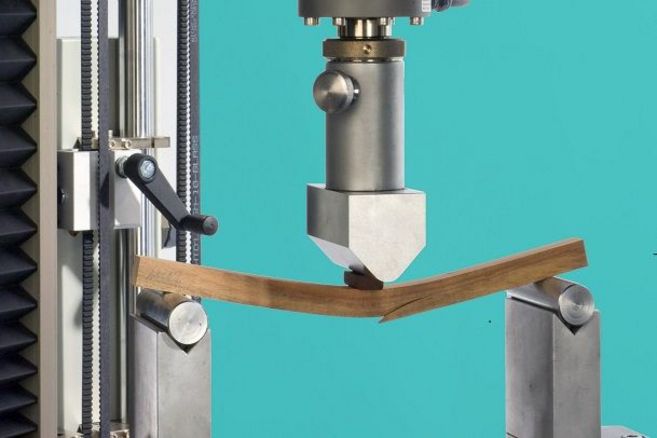Project
Lignocellulose Biorefinery Phase II
Lignocellulose Biorefinery – pulping of lignocellulosic raw materials and complete material utilisation of all components (LCB II); Subproject 2: Pilot plant, pulping, component separation and lignin utilisation
The planning and construction of a pilot plant for Organosolv pulping was supported. In addition extensive investigations for the material use of lignin were performed (lignin-phenol resins, polyurethans, aromatic platform chemicals
Background and Objective
In the subproject three different topics were covered. Besides the pulping process the utilisation of lignin under maintenance of the polymeric structure and after thermochemical degradation was pursued. For pulping the reaction conditions were adapted to a large digester in Hamburg (30L) in order to provide data for the planning and construction of the Leuna pilot plant. In addition these experiments provided material for the work of the various partners. In addition analytical support was provided for the start-up operation of the pilot plant. Lignin utilisation under maintenance of the polymeric structure was focused on the production of lignin phenol formaldehyde resins and urethane foams and films. This included the development of new derivatisation and modification roots. The thermochemical conversion was targeted on a high yield of aromatic compounds as lignin derived platform chemicals.
Approach
Organosolv pulping was optimized in 30 L scale and complete balances were developed for the total process including enzymatic hydrolysis. This included concepts for the refinement of various product streams. Synthesis of lignin phenol formaldehyde resins was investigated for various lignin qualities and modification reactions in laboratory scale and samples were evaluated by testing veneer glue joints. Selected products were scaled up and tested in wood products. For lignin based urethanes new synthesis concepts were developed in lab scale and tested in small test specimen for foams and films. For thermochemical reactions various catalyst and reaction liquids were investigated.
Our Research Questions
A key question was the upscaling of the pulping process for the pilot plant. Furthermore it had to be clarified which by-products are formed in the process and which utilisation possibilities are feasible. For lignin phenol formaldehyde resins the effect of lignin structure and modification reaction on product properties should be investigated. The challenge for synthesis of lignin based urethanes was the development of a new synthesis strategy which is environmental more friendly. The main question for thermochemical investigations was the role of catalyst and liquid additives in the process.
Results
The upscaling of pulping was successfully realised and the results from Hamburg were in good agreement with the results from the Leuna pilot plant. Accordingly the results from Hamburg could be used for start-up operation. Investigation of raw material quality proved that low quality wood with bark can be used in the process. The utilisation of lignin phenol formaldehyde resins was tested in particles boards. Dry strength of boards was high but wet strength was not satisfactory. Different modification reactions should overcome this draw back. Hydroxyalkylation and glyoxylation did not improve wet strength but phenolation increased the reactivity of lignin and resulted into boards with good wet strength properties. Polyurethans were produced with unmodified and modified lignins for the production of soft and hard foams. As an alternative to hydroxylalkylation lignin modification with propylencarbonate was established. This synthesis is less toxic and the reagents can be fully synthesised from renewable resources and carbon dioxide.
The work on thermochemical conversion revealed the influence of catalysts and liquid additives on hydrocracking. The utilisation of water as reaction medium in combination with Raney nickel improved the oil yield significantly. In comparison to the classical hydrogen treatment the new method shows more options to influence the product composition and yield of phenol derivatives and dihydroxybenzenes.
Involved Thünen-Partners
Funding Body
-
Fachagentur Nachwachsende Rohstoffe e.V. (FNR)
(national, öffentlich) -
Federal Ministry of Food und Agriculture (BMEL)
(national, öffentlich)



![[Translate to English:] Logo des Bundesministerium für Ernährung und Landwirtschaft](/media/allgemein/logos/BMEL_Logo.svg)